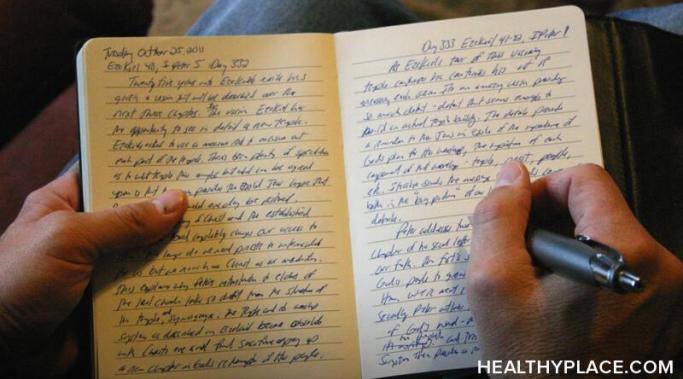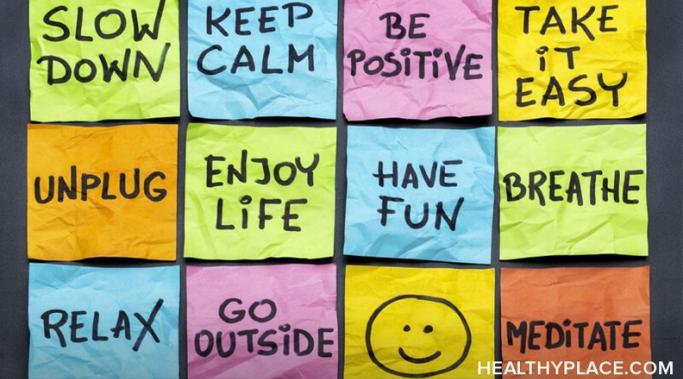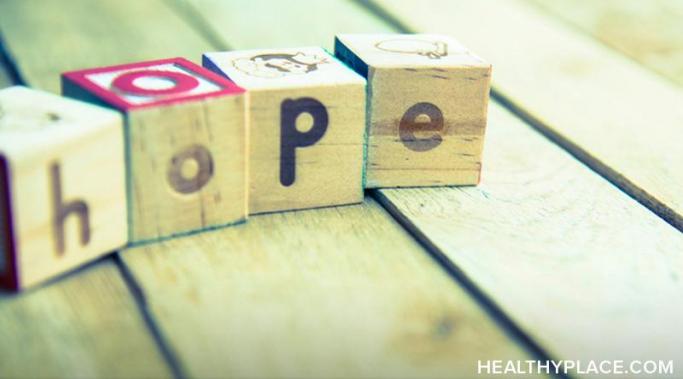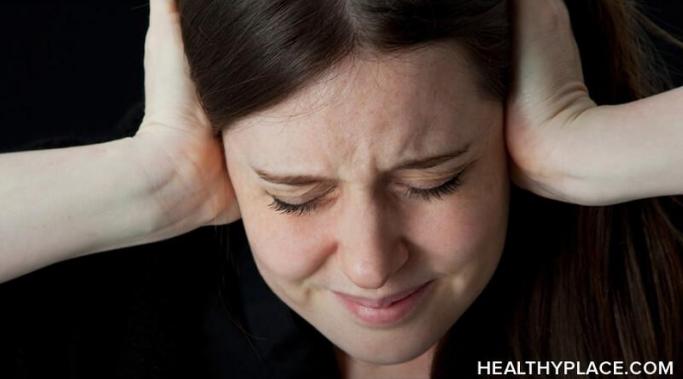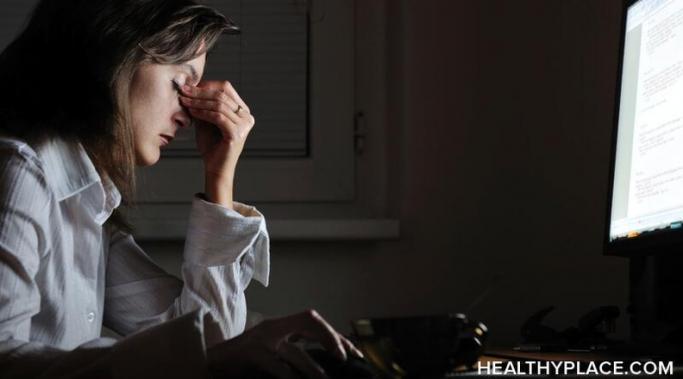A self-harm recovery journal can be a powerful tool for healing from self-injury. Here are a few reasons why you might want to add one to your recovery toolbox, if you haven't already done so.
Speaking Out About Self Injury
As self-harmers, we often need to slow down instead of putting ourselves under more pressure, especially when we feel we have something to prove to ourselves. The ongoing pandemic made many people extra productive, especially at the start. Whether it was a form of distraction from the current reality or a genuine wish to catch up on unfulfilled passions, I saw many of my friends, myself included, suddenly throwing themselves into the sea of new tasks and responsibilities. However, being busy and having a hectic life isn't always good when you're prone to self-harm.
Recovering from self-injury isn't the kind of goal that you can check off a checklist and be done with it. Getting well is only the first step—staying well requires a self-harm prevention strategy that is both actionable and sustainable.
This post is not necessarily about wrist scars, as self-harm can come in many forms. This is just a reflection on my personal experiences with self-injury in the wrist and forearm area, as that's where I used to hurt myself. I feel most people react to scars similarly, especially if their reaction comes from ignorance or fear rather than love. Therefore, this post might be helpful if you know someone who self-harms and you wonder how to behave around them.
Hurting yourself to get out of work or school can seem like a tempting option—maybe even your only option—when you're overwhelmed and feeling trapped. But self-harm is, ultimately, a solution that causes more problems than it solves.
Self-injury often travels with certain psychiatric conditions. One such example is bipolar self-harm. This is not necessarily a symptom of bipolar disorder, but I think many bipolar patients ended up hurting themselves at some point in their lives. Why do we do it? As always, self-harm is a complex phenomenon, so I may not have all the answers, but I can share my own experience in this post.
Your self-harm scars belong to you; it is your choice when, if ever, to show them or hide them from the world. For those days when you would rather keep things under wraps, it's helpful to know what sort of self-harm scar cover-up options are at your disposal.
When you experience a panic attack, the physical sensations are so intense they often cloud your judgment. For example, you may hyperventilate while the room seems to spin and your heart is about to race out of your chest. Some people may also feel like they're cornered in a flight-or-fight situation and may even self-harm during a panic attack. Why does that happen? I'm not sure I have the answers, but I can offer my personal insight.
A self-harm mantra may not be the magical cure we wish it could be, but it can be a powerful tool to help you focus and stay motivated on the road to self-harm recovery. Here are a few ideas to help you choose or craft your own healing mantra.
Whether you've slowed down due to the pandemic or thrown yourself into the sea of new responsibilities, you might feel emotionally exhausted as a result. This is completely normal, though it might become an obstacle on your road to self-harm recovery. Burnout could easily become a trigger and exacerbate self-harm urges, so it's important to recognize the signs and take action before it's too late.
